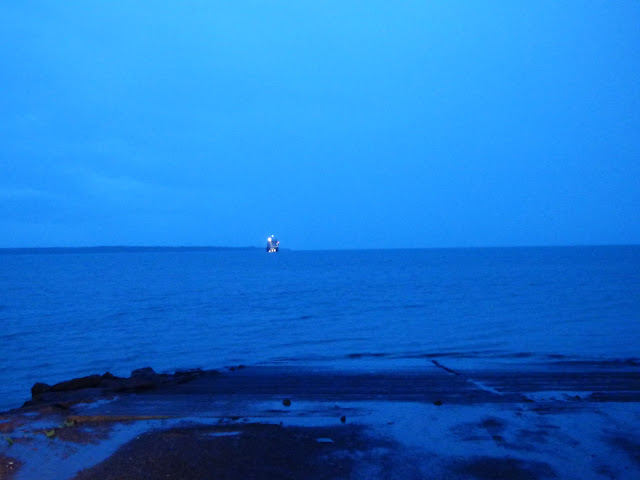MARINE RESEARCH, MONSOONS, BARGES and RAINING FISH
Hi again
Further to my last blog post, Jane Bardon, an ABC Darwin journalist wrote the following article about the workshop i attend recently and marine research along the NT coast. The link to this article is below.
Over the last week I have had a couple of people contact me after reading the article at the link below and also knowing that Nancy and I have lived and worked at Lajamanu in the northern Tanami Desert in the NT.
https://www.abc.net.au/news/2023-02-21/outback-community-fish-rain-sky-weather-event/102002588
The article mentions another similar 'raining fish' event in 2010. We weren't at Lajamanu at the time however when we returned in 2011, we were told of it. Initially I was skeptical however Warlpiri people we knew and trusted confirmed the story as be true.
I rang a Warlpiri friend at Lajamanu who confirmed that the recent ABC News story was correct.
Having flown around that area in summer I have observed the powerful winds that are associated with storms - often dry storms with little or no rain. In that part of Australia there are also large dust devils or mini tornedoes. While flying I have observed dust devils lifting debris well over 10,000 feet into the sky.
So ...... my early skepticism has been dissolved.
Blessings
Bryan and Nancy








Comments